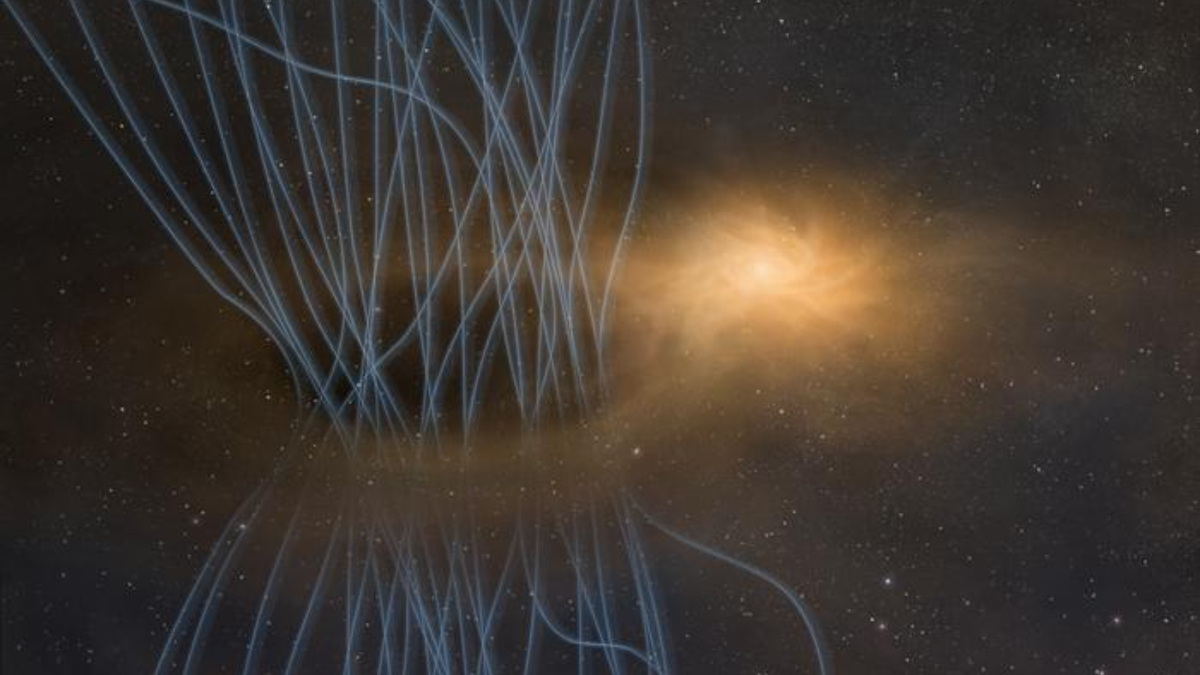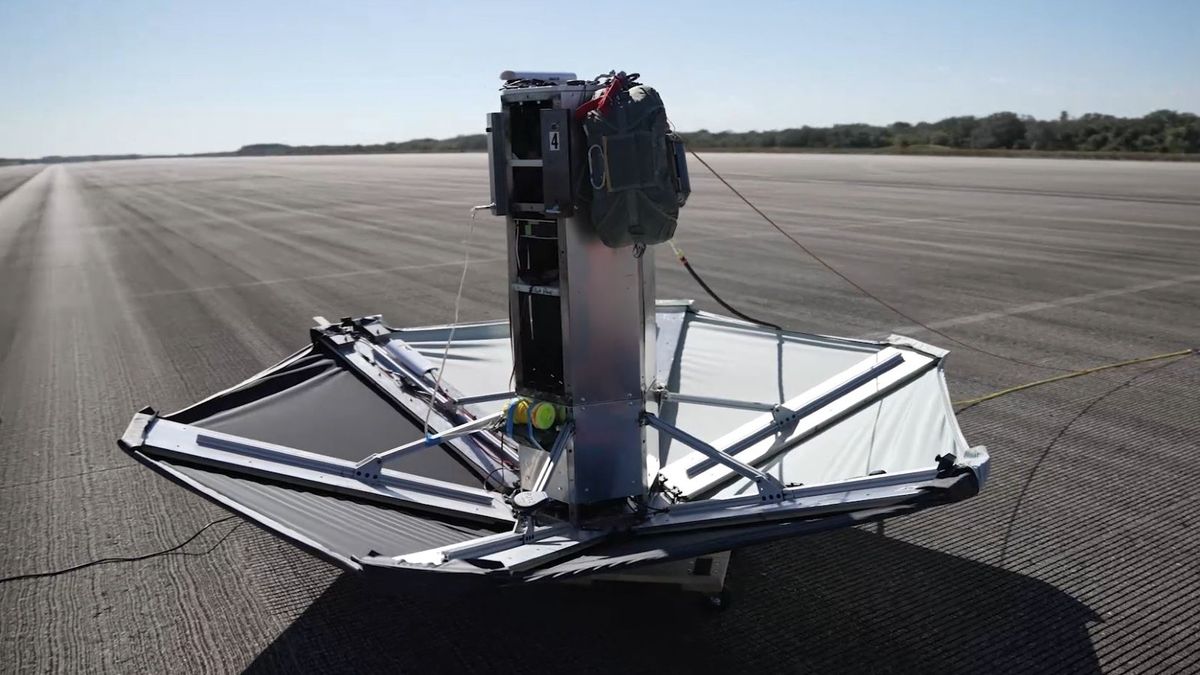Stellar Sneezes: A Vital Component of Cosmological Development
For new parents, the first time their baby sneezes can evoke a sense of cold anxiety, as they worry about potential issues and ailments. Similarly, in the realm of astronomy, researchers have discovered that baby stars also experience “sneezing” episodes, albeit in a much more powerful and cosmically significant manner. These stellar sneezes, which involve the ejection of gas, dust, and magnetic energy, are crucial for the development of stars and can provide valuable insights into their evolution and potential planetary formation.
The Discovery of Stellar Sneezes
A team of scientists from Kyushu University in Japan made this groundbreaking discovery using the Atacama Large Millimeter/submillimeter Array (ALMA) to study protostellar disks – the swirling clouds of gas and dust that envelop infant stars. These protostellar disks play a key role in the formation of stars and planets, making them of significant interest to astronomers.
All stars are born from dense patches of material within massive clouds of interstellar gas and dust. These patches accumulate mass over time and eventually collapse to form protostars, which are surrounded by protostellar disks. As protostars continue to accrete mass from their surroundings, they undergo a process of gradual growth until they reach a stage where nuclear fusion ignites in their cores, marking the transition to a full-fledged main sequence star.
One of the challenges faced by protostars during their development is the buildup of magnetic fields, which can become excessive if left unchecked. To prevent the overwhelming buildup of magnetic flux, protostars engage in what can be described as “sneezing” episodes, where excess energy is expelled to facilitate a smoother developmental process.
Understanding the Mechanism of Stellar Sneezes
Leading the research team, Kazui Tokada from Kyushu University emphasized the importance of studying the process by which protostars expel magnetic flux. By focusing the ALMA array on MC 27, a stellar nursery located 450 light-years from Earth, the team observed distinctive “spike-like” structures extending from the protostellar disk.
These spikes, composed of expelled magnetic flux, dust, and gas, are a result of what researchers term as “interchange instability,” where fluctuations in the magnetic field interact with varying densities of gases in the protostellar disk, leading to the outward expulsion of energy. Tokuda likened this phenomenon to a baby star’s sneeze, drawing parallels to the rapid expulsion of air and particles.
Furthermore, the team identified similar spikes extending thousands of times the distance between the Earth and the sun from the protostellar disk, indicating previous instances of stellar sneezes in MC 27. This discovery sheds light on the dynamic processes at play in the formation of stars and planets.
Implications for Astronomical Research
By unraveling the mechanisms behind stellar sneezes, researchers aim to enhance their understanding of the intricate processes involved in star and planetary formation. The findings from this study, published in The Astrophysical Journal, offer valuable insights that could pave the way for further discoveries in the field of astronomy.
Image/Photo credit: source url





